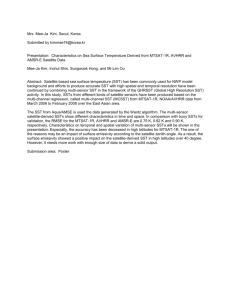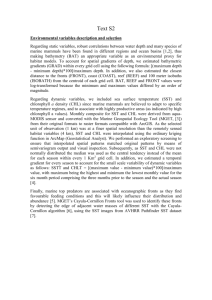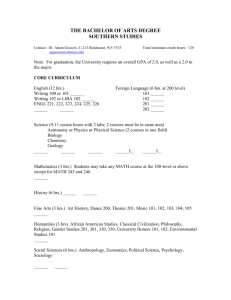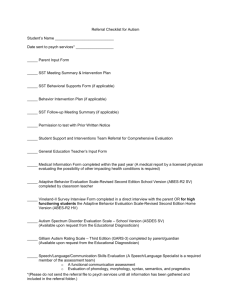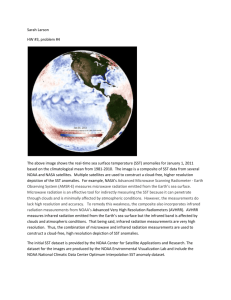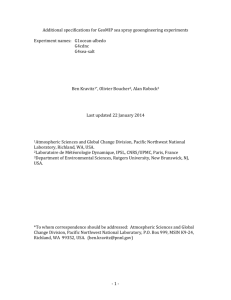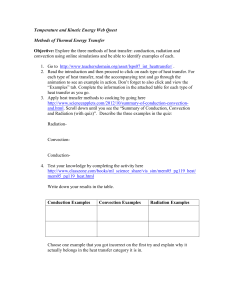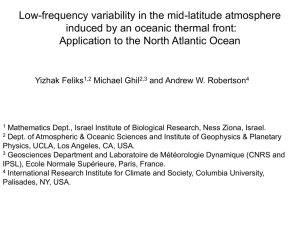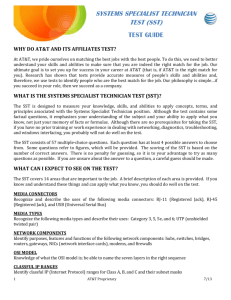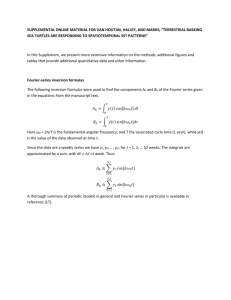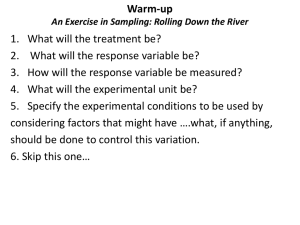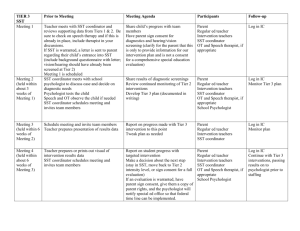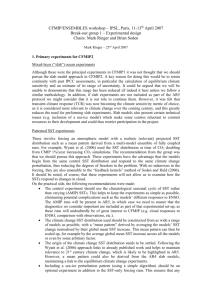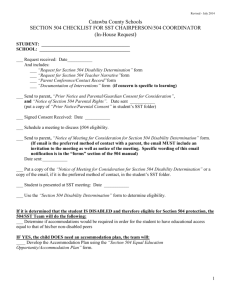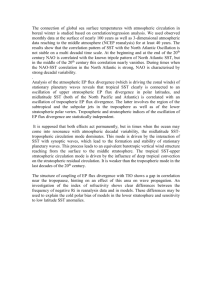PICES Abstract Formatting Details (5 February 2003)
advertisement
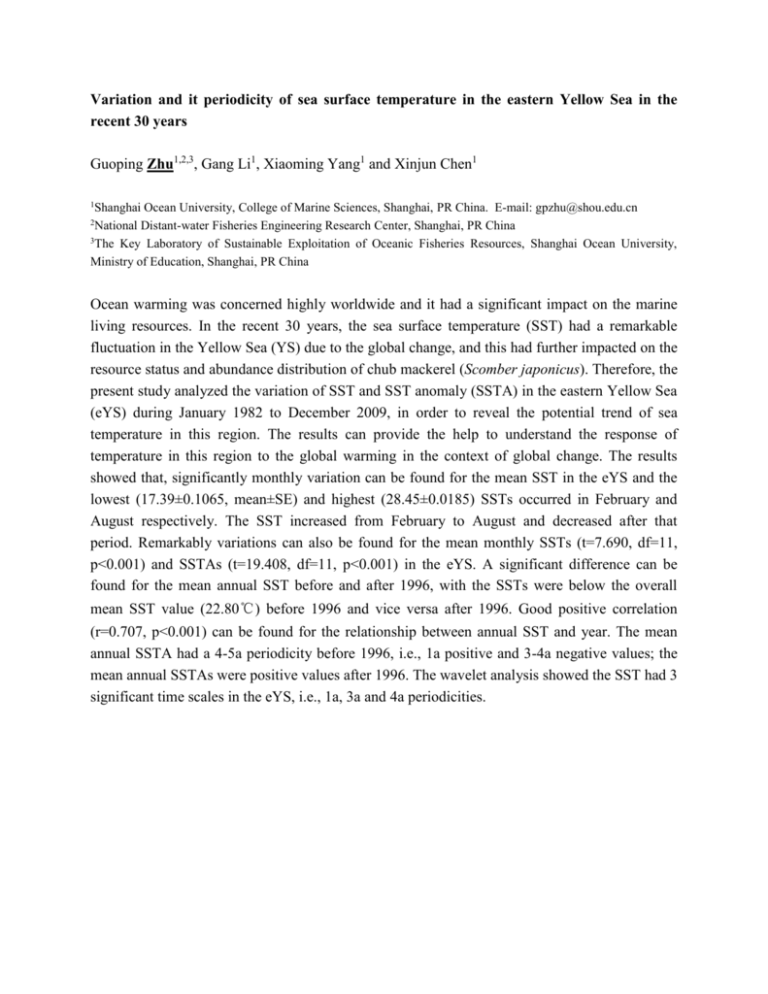
Variation and it periodicity of sea surface temperature in the eastern Yellow Sea in the recent 30 years Guoping Zhu1,2,3, Gang Li1, Xiaoming Yang1 and Xinjun Chen1 1 Shanghai Ocean University, College of Marine Sciences, Shanghai, PR China. E-mail: gpzhu@shou.edu.cn National Distant-water Fisheries Engineering Research Center, Shanghai, PR China 3 The Key Laboratory of Sustainable Exploitation of Oceanic Fisheries Resources, Shanghai Ocean University, Ministry of Education, Shanghai, PR China 2 Ocean warming was concerned highly worldwide and it had a significant impact on the marine living resources. In the recent 30 years, the sea surface temperature (SST) had a remarkable fluctuation in the Yellow Sea (YS) due to the global change, and this had further impacted on the resource status and abundance distribution of chub mackerel (Scomber japonicus). Therefore, the present study analyzed the variation of SST and SST anomaly (SSTA) in the eastern Yellow Sea (eYS) during January 1982 to December 2009, in order to reveal the potential trend of sea temperature in this region. The results can provide the help to understand the response of temperature in this region to the global warming in the context of global change. The results showed that, significantly monthly variation can be found for the mean SST in the eYS and the lowest (17.39±0.1065, mean±SE) and highest (28.45±0.0185) SSTs occurred in February and August respectively. The SST increased from February to August and decreased after that period. Remarkably variations can also be found for the mean monthly SSTs (t=7.690, df=11, p<0.001) and SSTAs (t=19.408, df=11, p<0.001) in the eYS. A significant difference can be found for the mean annual SST before and after 1996, with the SSTs were below the overall mean SST value (22.80℃) before 1996 and vice versa after 1996. Good positive correlation (r=0.707, p<0.001) can be found for the relationship between annual SST and year. The mean annual SSTA had a 4-5a periodicity before 1996, i.e., 1a positive and 3-4a negative values; the mean annual SSTAs were positive values after 1996. The wavelet analysis showed the SST had 3 significant time scales in the eYS, i.e., 1a, 3a and 4a periodicities.

